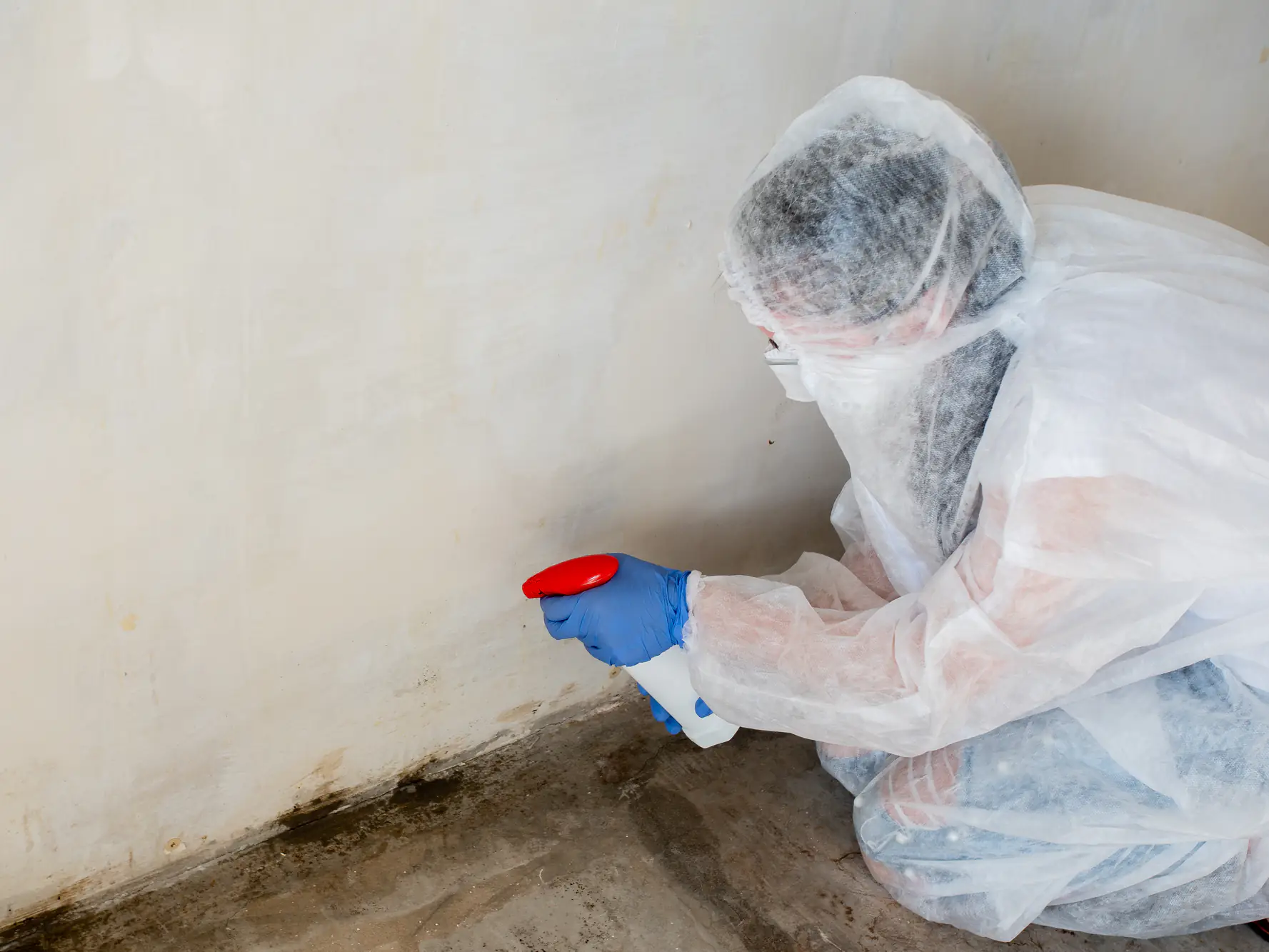
Hear from Our Customers
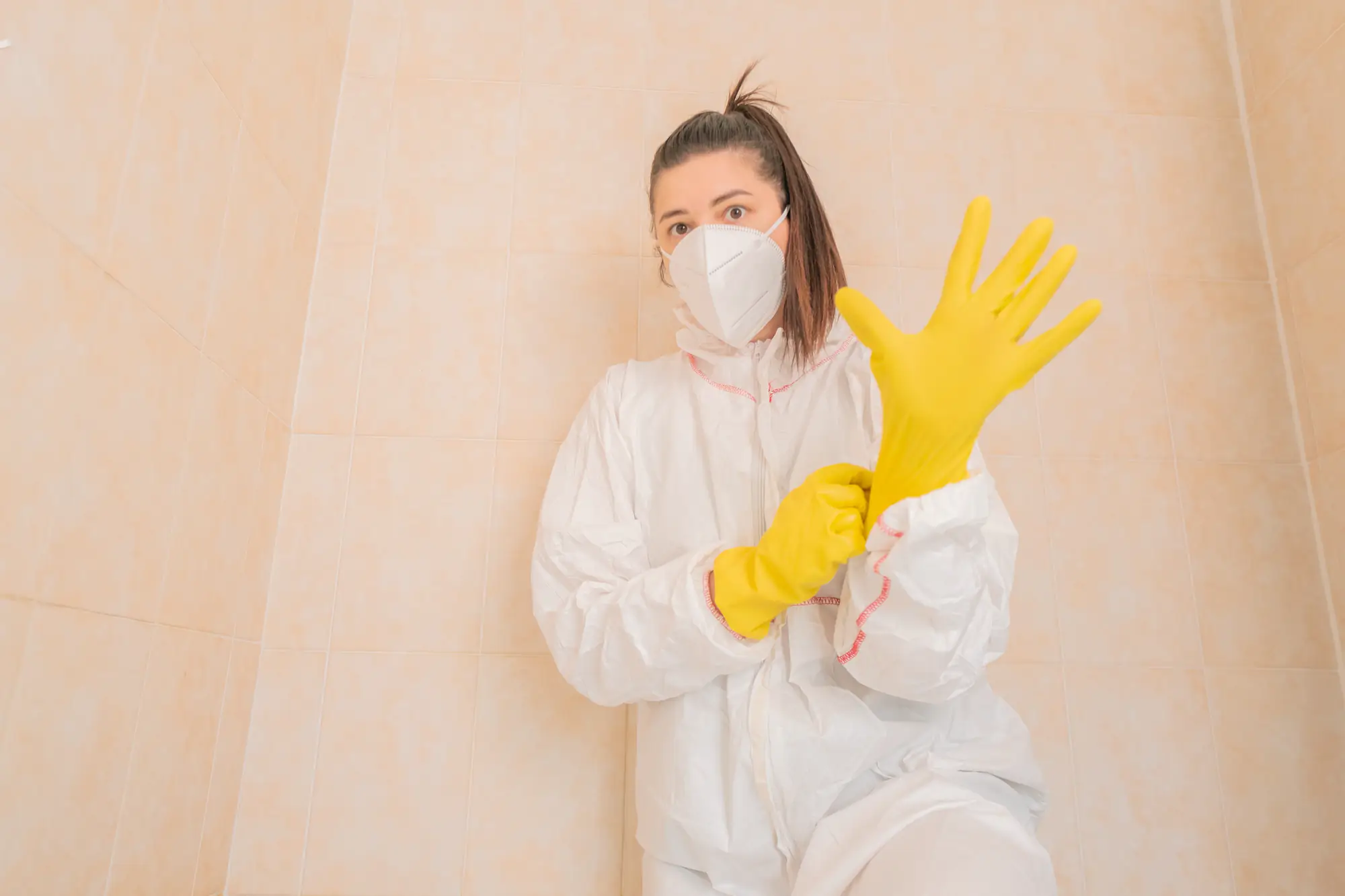
You’ll breathe easier knowing your family is safe from harmful mold spores. No more musty odors, no more worrying about what’s growing behind your walls, and no more sleepless nights wondering if that “funny smell” is making your kids sick.
Your home becomes the healthy sanctuary it should be. The air feels fresher, allergy symptoms decrease, and you can finally stop second-guessing every cough or sneeze. We don’t just clean what you can see—we eliminate the source so it doesn’t come back.
Property values stay protected too. When mold problems are handled properly the first time, you avoid the costly structural damage that comes from letting it spread. Your biggest investment stays secure.
We’ve been helping Bucks County families deal with mold problems for years. We understand the unique challenges that come with living in southeastern Pennsylvania—the humidity, the older homes, the basements that seem to attract moisture no matter what you do.
We’re not the cheapest option in town, and that’s intentional. When you’re dealing with your family’s health and your home’s safety, you want someone who does it right the first time. Our team uses EPA-approved methods and follows all Pennsylvania regulations because shortcuts aren’t worth the risk.
Every one of our technicians is certified in mold remediation, and we’ve seen just about every type of mold situation you can imagine in Wrightstown and the surrounding areas. From storm damage aftermath to slow leaks that went unnoticed for months, we know how to handle it.
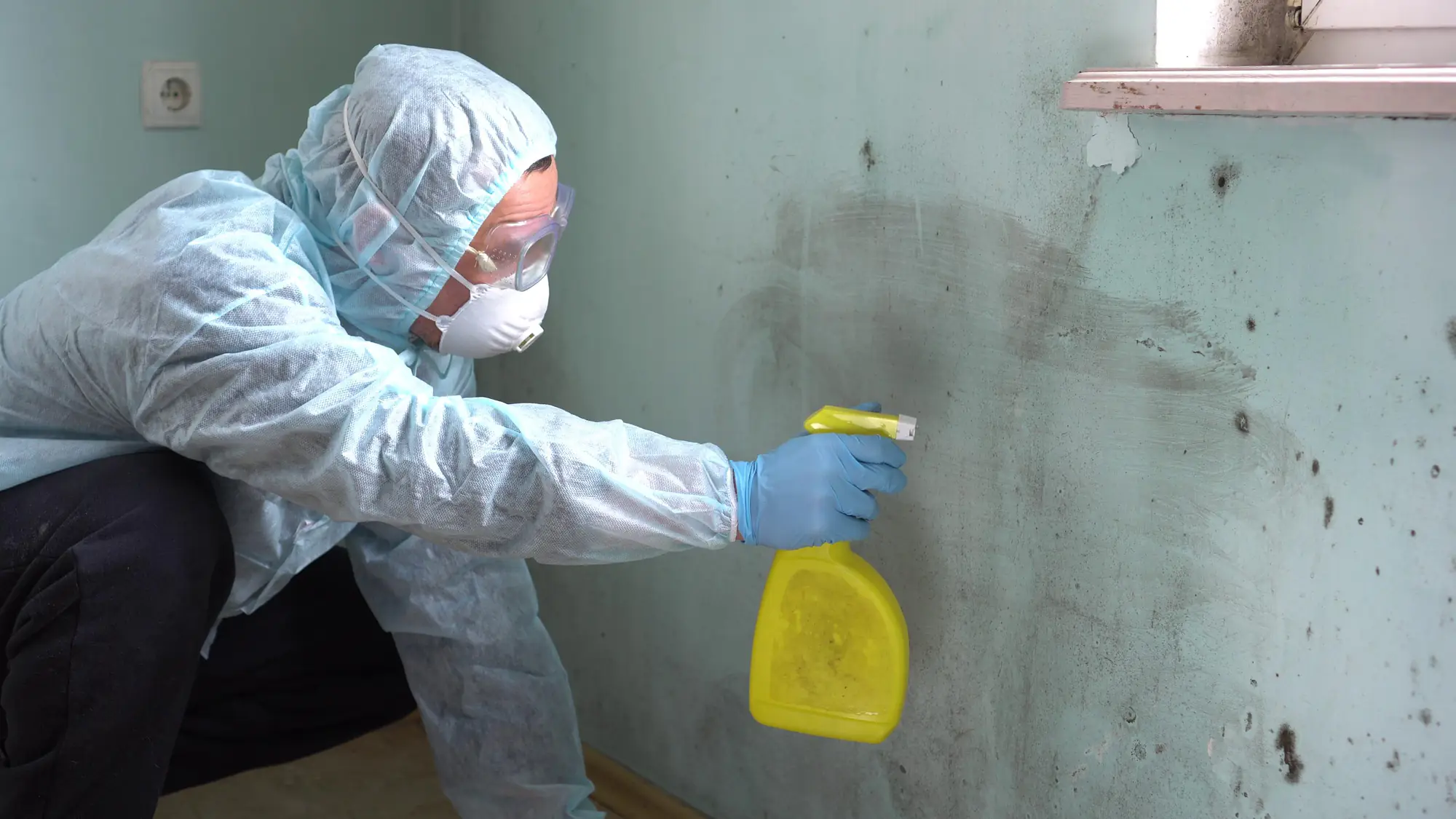
First, we come out for a free inspection. No sales pitch, no pressure—just a thorough look at your situation. We check the obvious spots and the places most people never think to look: behind appliances, in wall cavities, around HVAC systems.
If we find mold, we test it to identify exactly what type we’re dealing with. Different molds require different approaches, and guessing isn’t good enough when your family’s health is on the line.
Then we contain the affected area to prevent spores from spreading during removal. We use professional-grade equipment to safely extract the mold and treat the surfaces. But here’s the important part: we also fix the moisture problem that caused it in the first place.
After everything’s clean and dry, we do follow-up testing to make sure we got it all. You get documentation showing the job was done right, which is important for your records and any insurance claims.
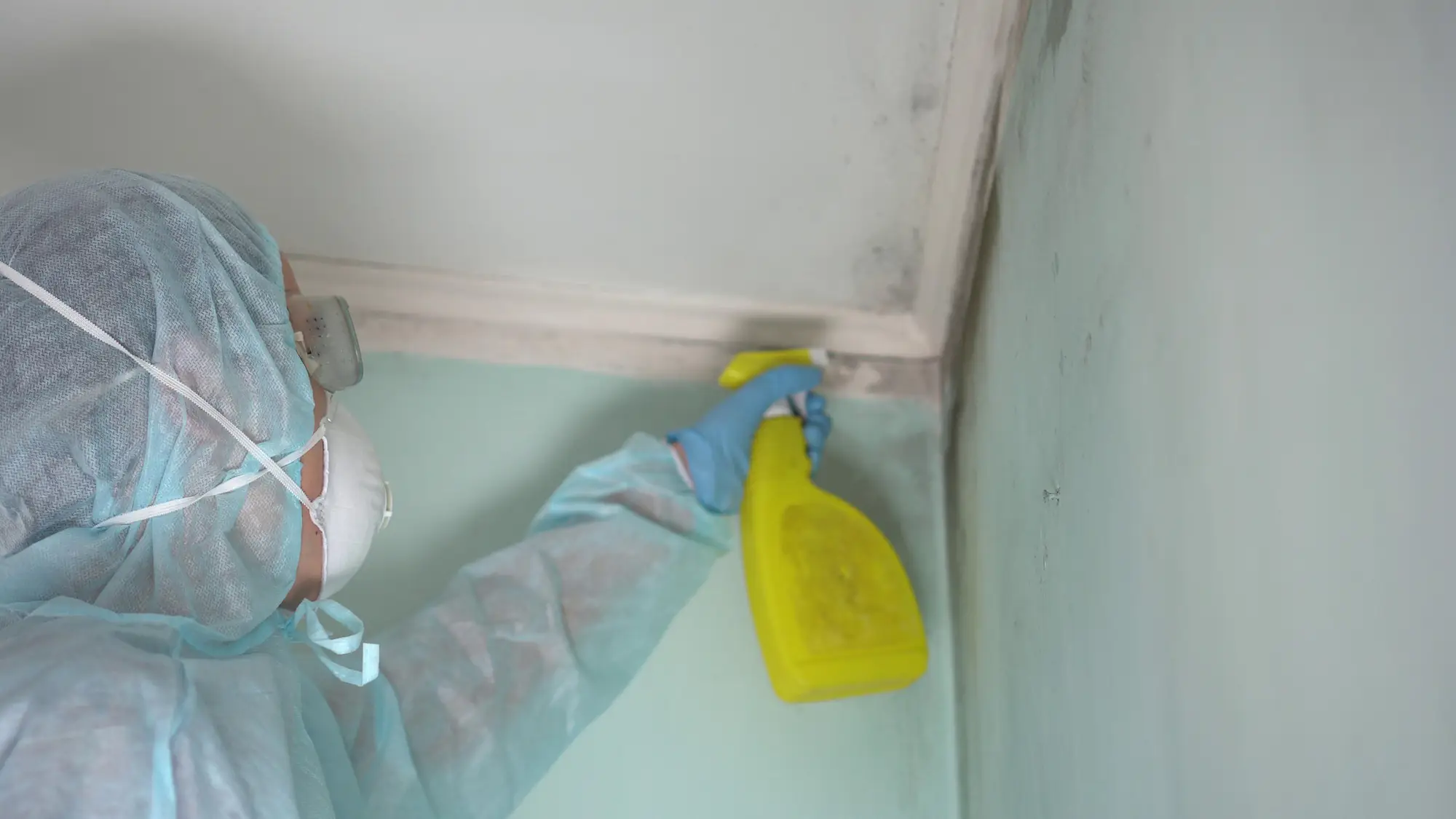
Ready to get started?
Your mold remediation includes the full inspection, containment setup, safe removal, surface treatment, and moisture source repair. We also handle any necessary reconstruction work, so you’re not juggling multiple contractors.
Wrightstown’s climate creates perfect conditions for mold growth, especially in basements and crawl spaces. We see a lot of issues related to poor drainage around foundations and inadequate ventilation in older homes. That’s why our service always includes identifying and fixing the root cause, not just cleaning up the symptoms.
We work directly with insurance companies to help with claims processing. Most homeowners don’t realize that mold remediation is often covered, especially when it’s related to a covered water damage event. We handle the paperwork and documentation to make the process as smooth as possible.
You also get our guarantee that if mold returns in the treated area within our warranty period, we come back at no charge. We stand behind our work because we know how to do it right.
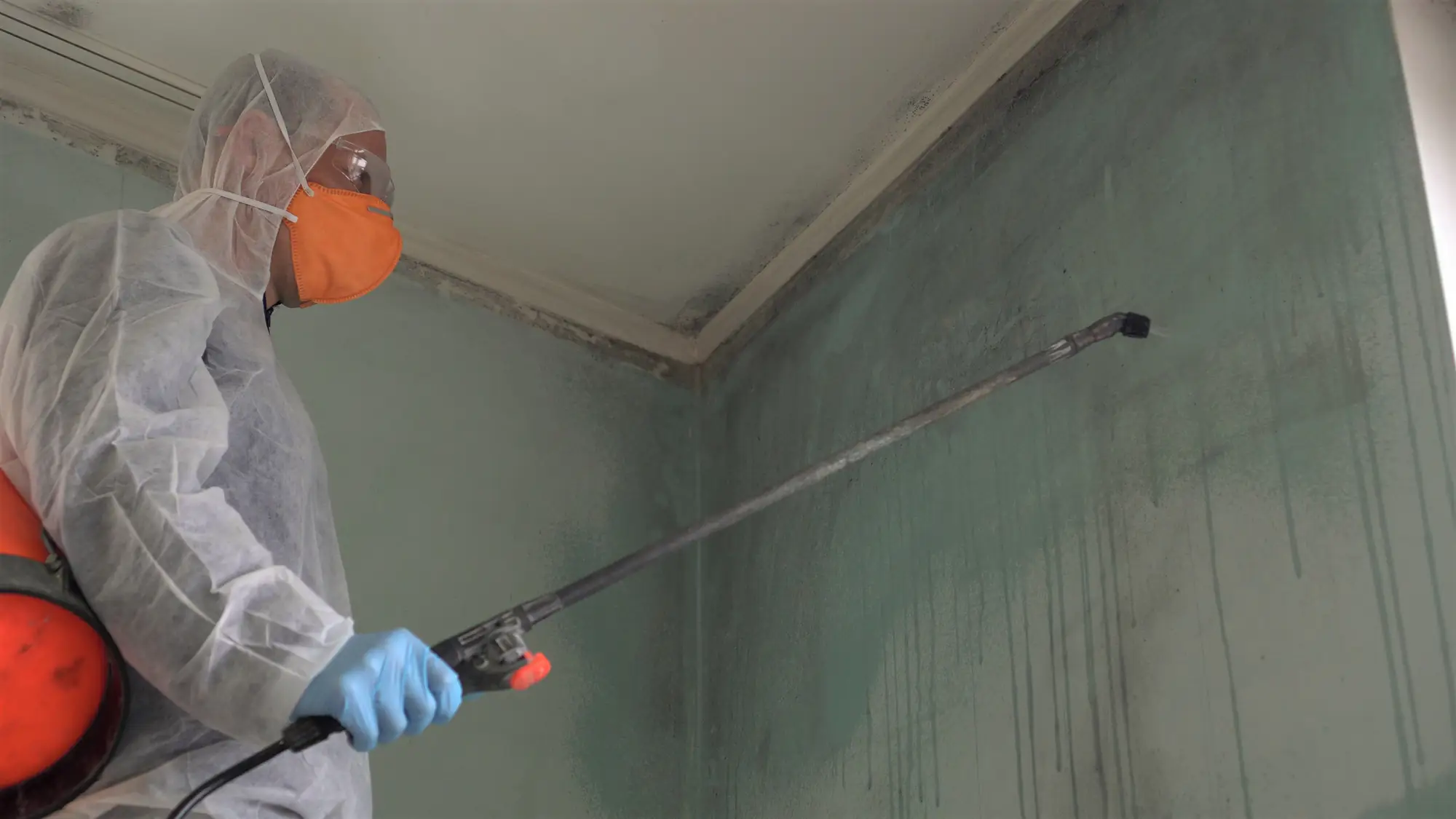
Mold removal costs in Wrightstown typically range from $500 for small, isolated areas to $6,000+ for extensive contamination throughout a home. The price depends on several factors: the size of the affected area, the type of mold, how deep it’s penetrated into materials, and whether structural repairs are needed.
Most jobs in our area fall between $1,500 and $4,000. Basement mold remediation tends to be on the higher end because basements often have multiple moisture sources and the mold has usually spread further before it’s discovered. We always provide a detailed written estimate before starting any work, so there are no surprises.
Keep in mind that trying to save money with DIY solutions or the cheapest bidder often costs more in the long run. Incomplete removal means the mold comes back, and you end up paying twice—once for the failed attempt and again for proper remediation.
Most mold remediation projects in Wrightstown take 2-5 days to complete, depending on the scope of work. Small areas like a bathroom or single room can often be finished in 1-2 days. Larger projects involving multiple rooms or extensive structural work may take a week or more.
The timeline includes initial containment setup, removal and cleaning, drying time, and final clearance testing. We don’t rush the drying phase because proper moisture elimination is crucial for preventing recurrence. Weather and humidity levels can affect drying times, especially during Pennsylvania’s humid summers.
We’ll give you a realistic timeline during the initial inspection and keep you updated if anything changes. Emergency situations get priority scheduling—if you have a water damage situation that’s actively growing mold, we can usually start containment within 24 hours to prevent further spread.
Black mold (Stachybotrys chartarum) can produce mycotoxins that are harmful to human health, especially with prolonged exposure. Symptoms can include respiratory problems, headaches, fatigue, and skin irritation. People with compromised immune systems, asthma, or allergies are particularly vulnerable.
However, not all black-colored mold is the dangerous “black mold” that gets media attention. Proper identification requires laboratory testing, which is why we sample and test any suspicious growth. Even non-toxic molds can cause health problems and structural damage, so professional removal is recommended for any significant mold growth.
DIY removal of black mold is risky because disturbing it releases spores into the air, potentially spreading contamination and increasing exposure. Professional remediation includes proper containment, protective equipment, and disposal procedures that keep you and your family safe during the process.
Pennsylvania insurance coverage for mold removal depends on what caused the mold growth. If mold developed from a covered peril like a burst pipe, storm damage, or appliance malfunction, remediation is often covered. However, mold from long-term maintenance issues like chronic leaks or poor ventilation typically isn’t covered.
The key is documentation and timing. Insurance companies want to see that you addressed the water source promptly and that the mold removal was necessary to prevent further damage. We work with insurance adjusters regularly and know how to document everything properly for your claim.
Some policies have specific mold coverage limits, often between $10,000-$50,000. We recommend reviewing your policy and contacting your agent if you discover mold. We can provide the detailed estimates and documentation insurance companies require, and we’re experienced in working within their guidelines and timelines.
Mold prevention in Wrightstown comes down to moisture control. Keep indoor humidity below 50% using dehumidifiers, especially in basements and crawl spaces. Fix leaks immediately—even small drips can create mold problems within 24-48 hours in our humid climate.
Improve ventilation in problem areas. Bathroom exhaust fans should run during and after showers, and make sure they vent outside, not into the attic. Basement ventilation is crucial during Pennsylvania’s humid summers. Consider upgrading to more powerful fans if current ones aren’t keeping moisture levels down.
Regular maintenance prevents most mold issues. Clean gutters and ensure proper drainage away from your foundation. Check around windows, doors, and plumbing fixtures for signs of water intrusion. Address any musty odors immediately—they’re often the first sign of hidden moisture problems. We provide specific recommendations based on your home’s unique conditions during our service.
Basements are the biggest mold risk in Wrightstown homes, especially older properties with stone or block foundations. Poor drainage, foundation cracks, and inadequate ventilation create perfect conditions. We see a lot of issues around basement windows, utility connections, and areas where the basement floor meets the walls.
Bathrooms and kitchens are common problem areas due to daily moisture from cooking and bathing. Check around tubs, showers, under sinks, and behind appliances regularly. Attics can develop mold from roof leaks or inadequate ventilation, especially after storms.
HVAC systems are often overlooked but can spread mold throughout your entire home if contaminated. Ductwork in crawl spaces or unconditioned areas is particularly vulnerable. We also find mold in wall cavities around plumbing, especially in older homes where pipes may have small leaks that go unnoticed for months. Regular inspection of these areas helps catch problems early.
Other Services we provide in Wrightstown